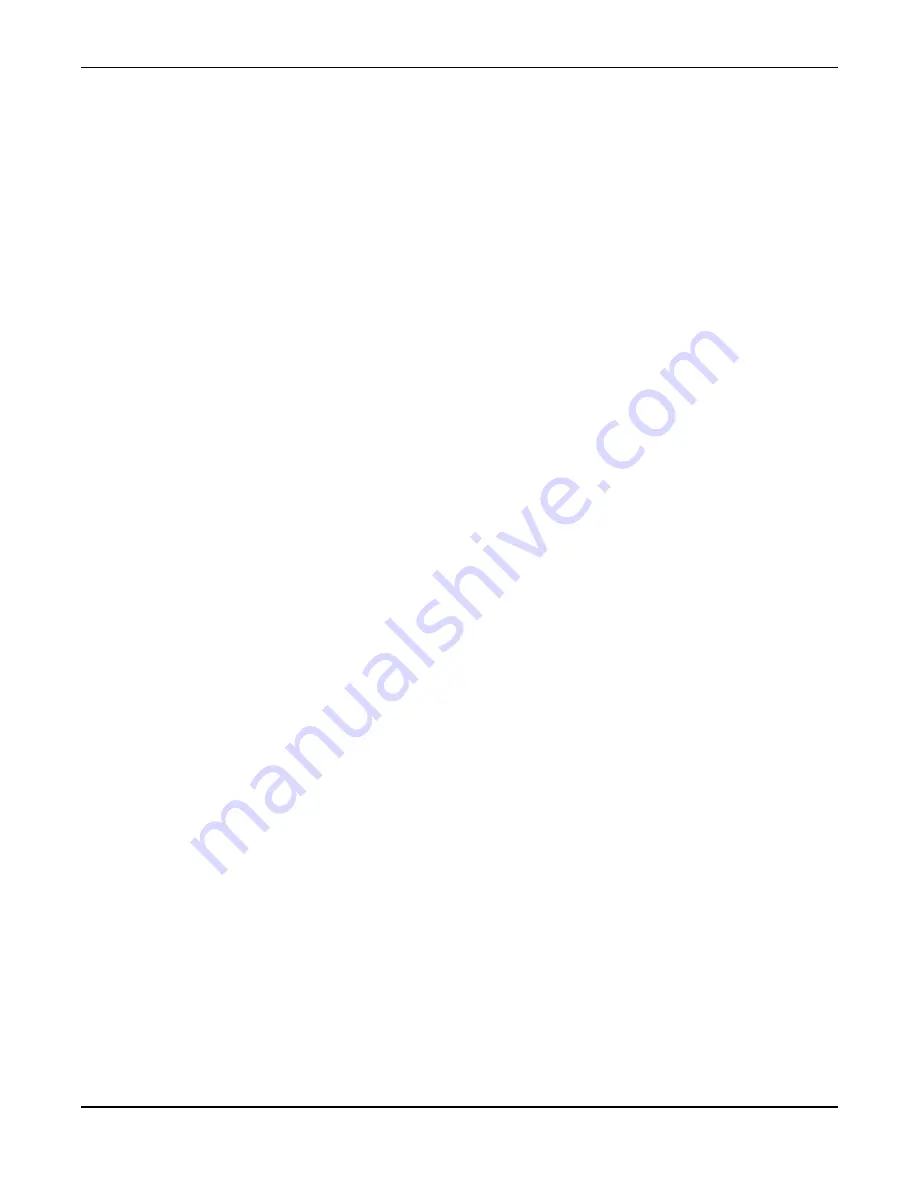
Getting Set Up
14
TEMPO -
Tap the song tempo using this button. The LED on the button flashes at the tempo that
was tapped in. The tempo is saved with the preset but may be overridden at any time. Recalling a
preset loads the tempo of that preset. Any effects set to use tempo will adjust their dependent
parameters to the current tempo.
5. Level
Controls
INPUT1/2 -
These controls set the input levels to the A/D converters. For best signal-to-noise ratio
adjust the levels until the top red LED just barely lights on the strongest peaks. For example, adjust
INPUT1
so that when you strum your guitar loudly with its volume all the way up the red LED
should light only occasionally. Setting the level controls too high may result in clipping of the input
causing audible distortion. For guitars with humbucking pickups the
INPUT1
control will normally
be around the 2:00 position. For single coils you may wish to set this control slightly higher.
For best results when plugging line-level devices into an input set the controls at midpoint and
adjust the output level of the device so that the red LED barely lights on the strongest signal peaks.
The LED’s indicate the signal level at the A/D converter. When the red LED lights the signal into
the A/D is 6 dB below full-scale (6 dB headroom).
OUTPUT1/2 -
These controls set the output level of the Axe-Fx. Adjust these to suit the equipment
connected to the outputs. Setting the levels too high may result in clipping of the attached
equipment. The Axe-Fx is capable of delivering about +18 dBu maximum with level controls at full.
6. Instr
-
Plug your guitar into this jack. This input is conditioned especially for use with your guitar.
Plugging a line-level device into this input is not recommended as this may cause clipping of the
input amplifier. Be sure to set the
INPUT SOURCE
to
ANALOG FRONT
in the
I/O
menu. If a plug is
inserted into the
INPUT1 LEFT/MONO
jack on the rear panel this input is defeated.
Example Connections
Below are examples of the Axe-Fx in various configurations along with explanations and tips on
usage.
As an Effects Unit with Separate Preamp and Power Amp
The Axe-Fx can be used as an effects processor along with a dedicated preamp and power amp. In
this configuration the preamp provides the primary distortion and tone shaping while the Axe-Fx
provides effects. By using the preamp in the Axe-Fx’s effects loop you can place effects both before
and after the preamp. Certain effects, like wah and phaser, tend to work better before distortion,
whereas time-based effects such as delay, chorus, reverb, etc. sound best after distortion.
This configuration also allows you to use the Axe-Fx amp simulations as well. In this way you can
use the outboard preamp for certain sounds, and the Axe-Fx for others. Be warned, however, after
using the Axe-Fx’s amp sims you may find your preamp redundant and just adding unnecessary
weight to your rack!
Of course you can always use the Axe-Fx between the preamp and power amp, if desired, in the
classic post-distortion configuration.






























